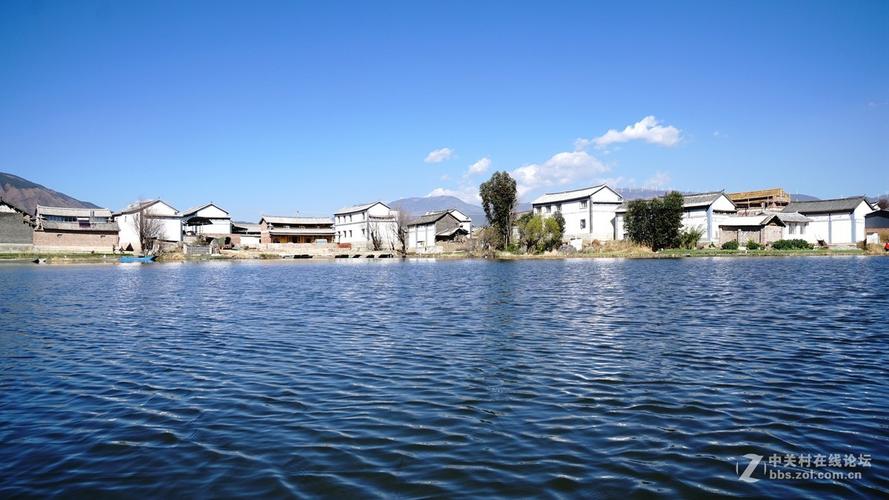Exploring the Richness of Muslim Culture: A Deep Dive into Traditions and Customs
Muslim culture is a vast and diverse subject that offers a fascinating glimpse into the customs, practices, and beliefs of one of the world’s largest religions. The depth and scope of Muslim culture are immense, with traditions that have been passed down for hundreds of years. In this article, we’ll explore some of the most significant facets of Muslim culture, from art and architecture to food, clothing, and more.
Art and Architecture
Muslim culture is known for its stunning architecture, with many of the world’s most famous buildings drawing heavily on Islamic design. The Islamic Golden Age, which spanned from the 8th to the 14th centuries, was a period of incredible creativity in art, architecture, and science. During this time, Muslim artists produced some of the most beautiful works in history, including intricate geometric patterns, calligraphy, and stunning tilework.
The most famous example of Islamic architecture is the Alhambra, a palace complex in Granada, Spain, which was built in the 14th century. The Alhambra is famous for its elaborate stonework, ornate carvings, and stunning gardens and fountains.
Food and Drink
Muslim culture has a rich culinary tradition that varies depending on the country and region. Some of the most popular dishes in Muslim cuisine include:
– Biryani: A spiced rice dish that’s often served with meat or vegetables.
– Hummus: A dip made from chickpeas, tahini, and olive oil.
– Falafel: Deep-fried balls of ground chickpeas or fava beans.
– Kebabs: Grilled meat or vegetables on skewers.
Muslims also have a strong tradition of hospitality, so guests are often served with generous portions of food and drink.
Clothing and Fashion
Muslim fashion is distinct and recognisable, with certain styles and dress codes that are dictated by religious tradition. In some Muslim countries, women are required to wear a hijab, which is a headscarf that covers the hair and neck. Men are also expected to dress modestly, usually by covering their legs and arms.
Despite these dress codes, there’s still a lot of room for individuality in Muslim fashion. Many women wear brightly-coloured abayas, which are long, flowing dresses that cover the entire body. Men may wear traditional clothing such as the thobe, a long white robe, or the shalwar kameez, a loose tunic and trousers.
Social Customs
Muslim culture has a strong emphasis on community and family, and there are many customs and traditions that reflect this. One of the most important events in Muslim culture is Ramadan, a month-long period of fasting and reflection. During Ramadan, Muslims are encouraged to perform extra prayers and acts of kindness, and to invite family and friends to break their fast together in the evening.
Family is also central to Muslim culture, with many families living in multi-generational households and placing a high value on filial piety. Respect for elders is considered essential, and it’s traditional for children to care for their parents in old age.
Conclusion
Exploring Muslim culture is a fascinating and rewarding experience, with many traditions and customs that have been honed over centuries. The richness and diversity of Muslim culture are evident in everything from art and architecture to food, fashion, and social customs. Whether you’re a Muslim yourself or simply interested in learning more, there’s so much to discover in this vibrant and fascinating culture.
(Note: Do you have knowledge or insights to share? Unlock new opportunities and expand your reach by joining our authors team. Click Registration to join us and share your expertise with our readers.)
